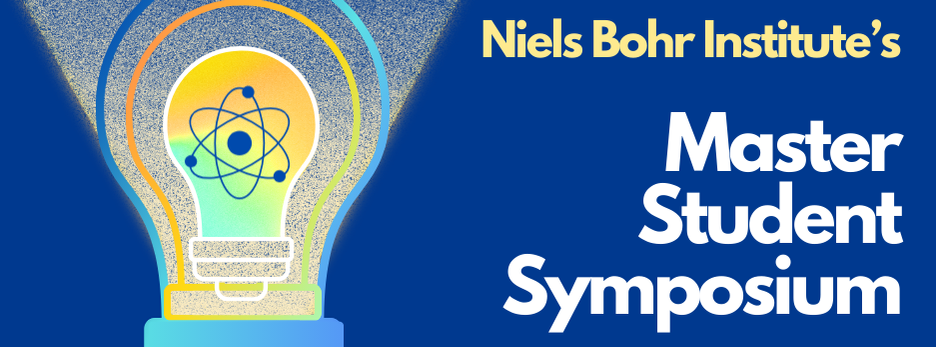Description
This thesis explores the potential reduction in the carbon footprint of machine learning (ML) models by integrating physical constraints into their design. Traditional ML models rely on large datasets and extensive parameter optimization, leading to significant computational costs and associated carbon dioxide (CO₂) emissions. However, by adopting a physics-informed approach, it may be possible to achieve substantial improvements in efficiency and sustainability during both model development and deployment.
The study uses simulated data governed by equations that describe atmospheric physical processes. These processes are crucial for accurate weather and climate modeling but occur at scales too small to be directly resolved by traditional models. Recent ML-based approaches have been employed to capture these subgrid processes, but they often discard fundamental physical knowledge in favor of purely data-driven methods. Physics-informed ML offers a promising alternative by bridging the gap between conventional physics-based models and modern ML techniques, potentially both increasing performance and reducing environmental impact.
This work provides concrete evidence of the CO₂ emission advantages of physics-informed ML. By comparing the carbon footprint of benchmark models with those incorporating physical constraints, the study quantifies the reduction in emissions. The analysis considers key trade-offs, including dataset size, model performance, computational efficiency, and environmental sustainability.
Ultimately, this thesis contributes to the growing field of sustainable artificial intelligence by demonstrating how integrating physical constraints can lead to more environmentally friendly ML models. The findings offer valuable insights for future ML development and encourage the adoption of energy-efficient practices in the field.
| Field of study | Computational Physics |
|---|---|
| Supervisor | Jens Hesselbjerg (NBI) and Raghavendra Selvan (DIKU) |

